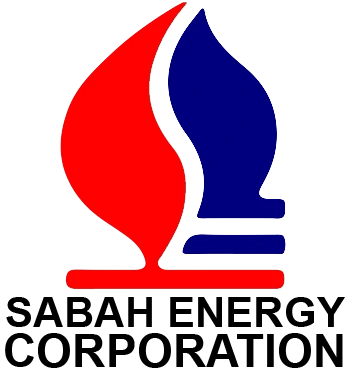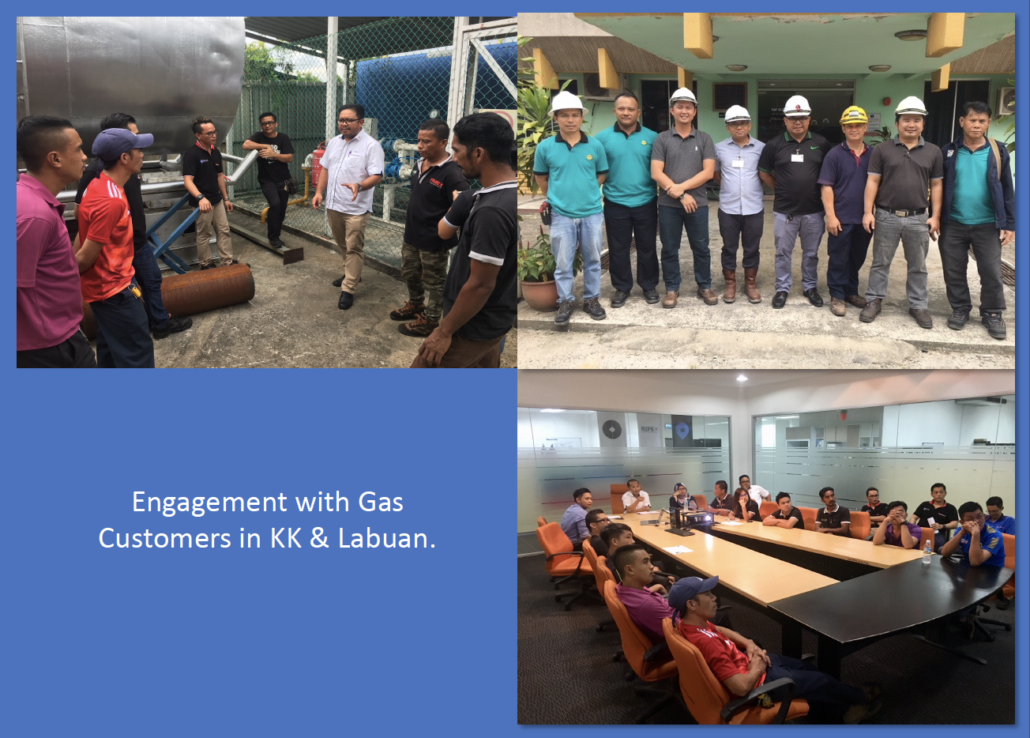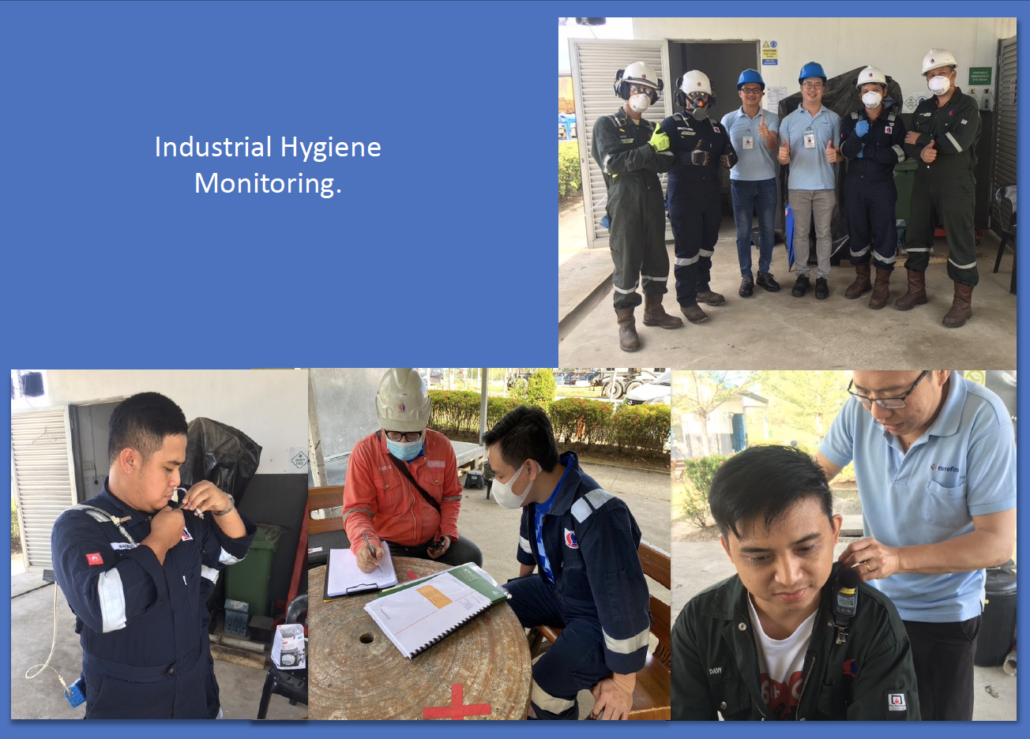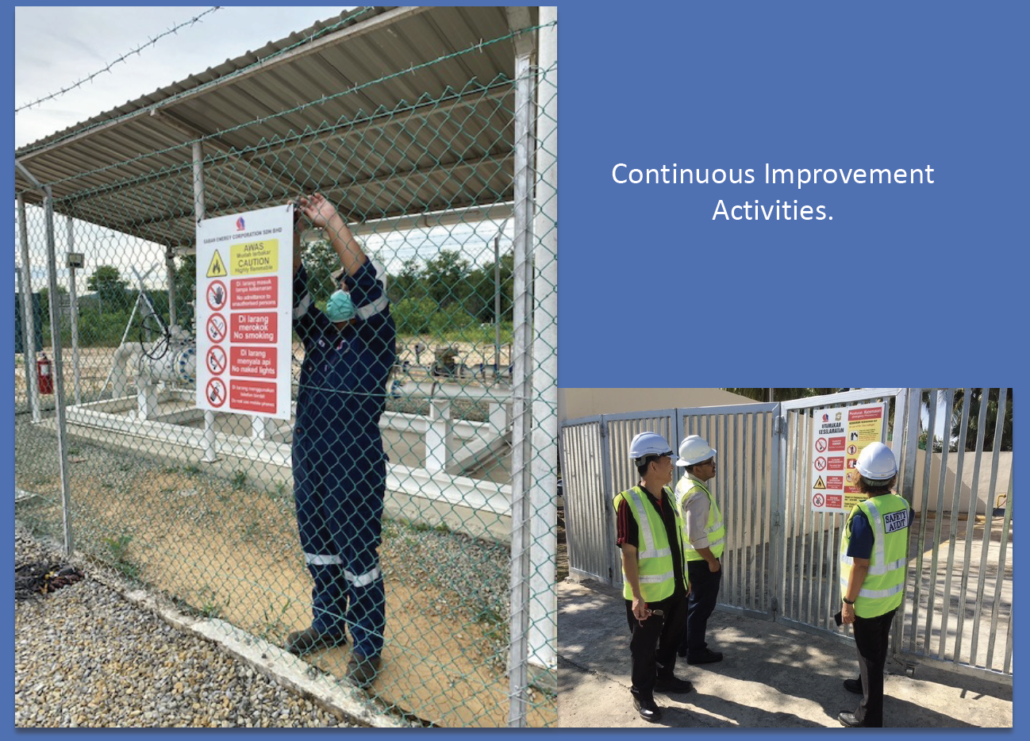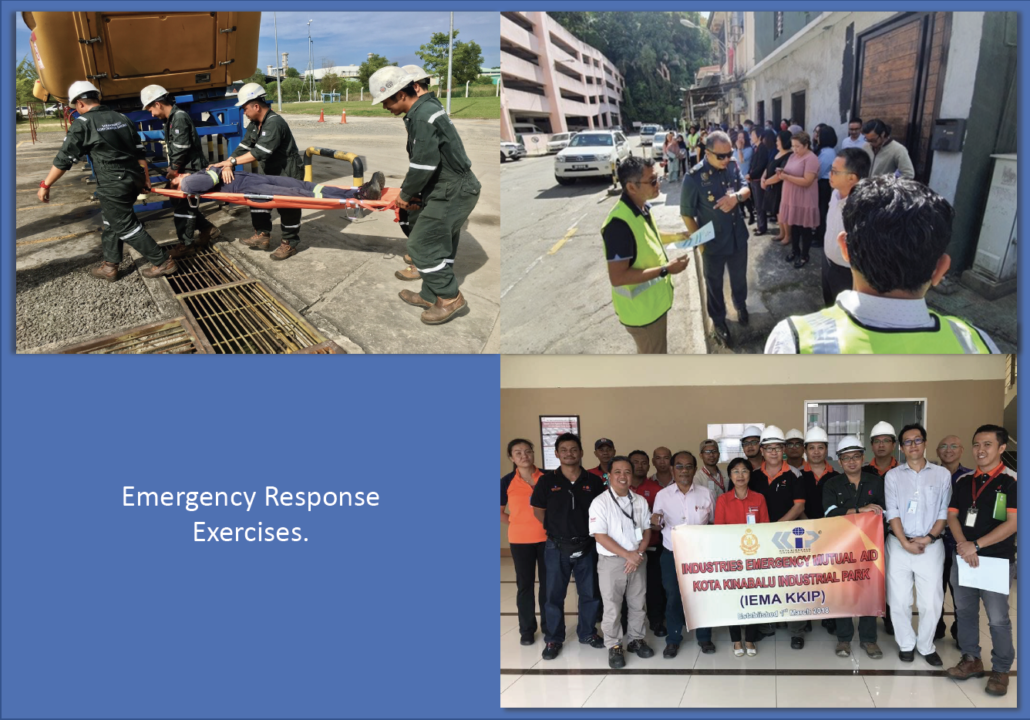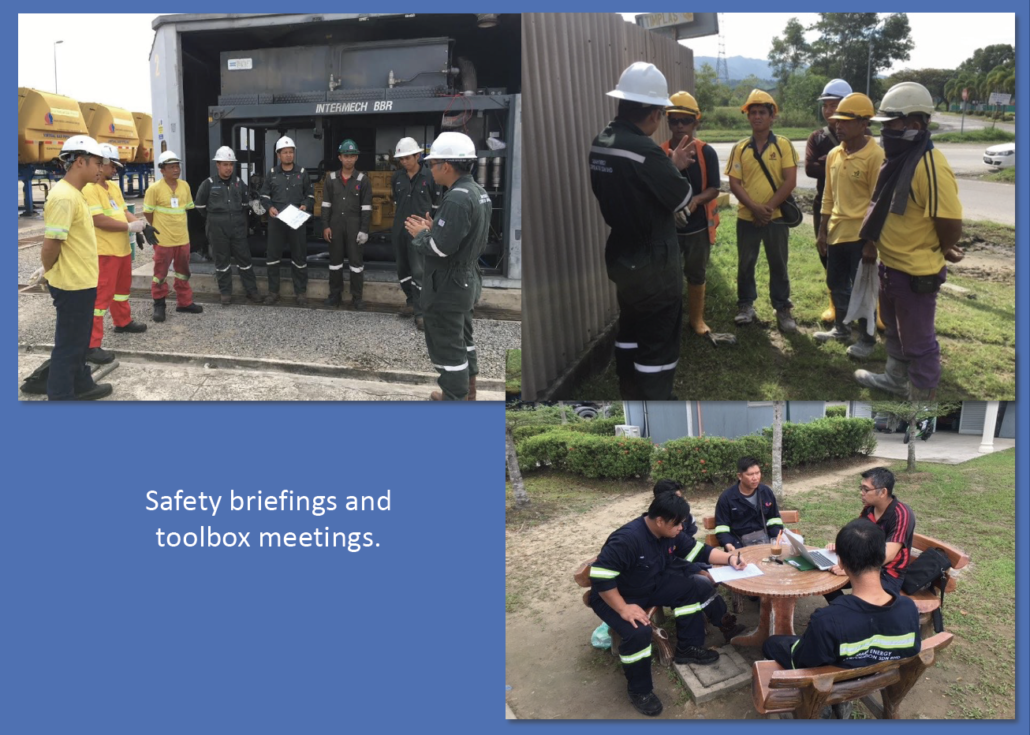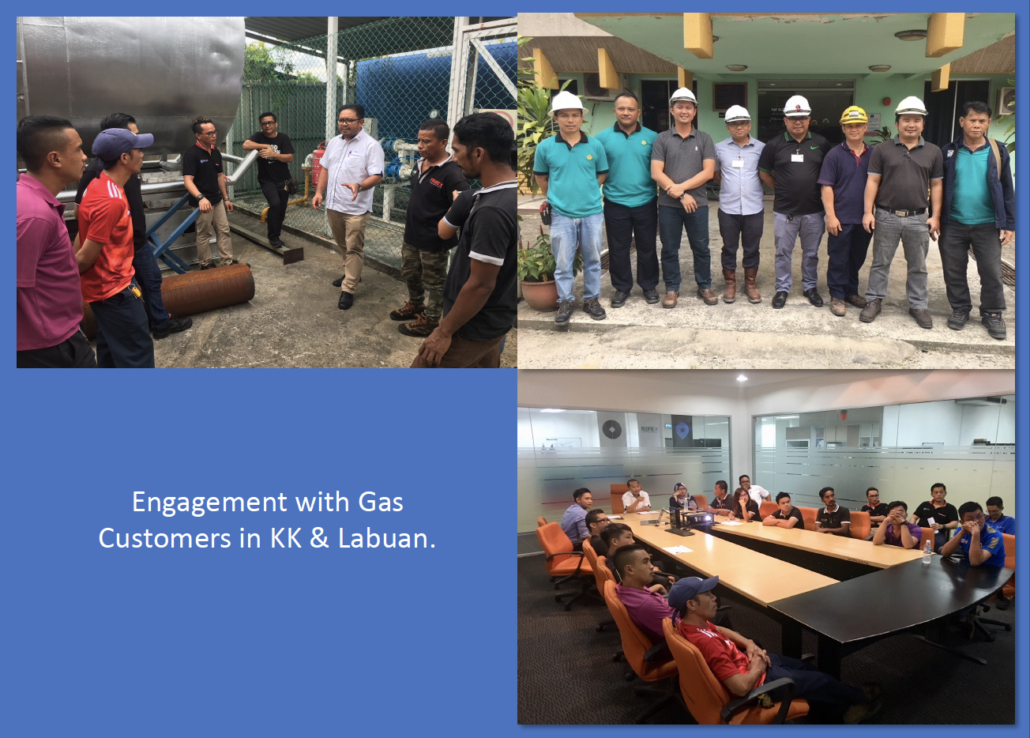
Health, Safety, & Environment
Policy Statement on Health, Safety & Environment
The Policy Statement on Health, Safety & Environment provides the principle and direction on how issues relating to HSE are to be managed. It provides the overall standard HSE goals and a way by which the Management can communicate its intention and expectation on HSE matters throughout SEC business undertakings.
The SEC HSE Policy contains:
SAFE Rules (SAFER)
To translate our commitment in upholding the safety of people, assets and the environment into action, SEC 10 Safety Rules or SAFER has been introduced.
SAFER stands for SAFE Rules, is a principle to ensure high-risk activities are carried out in safe manner. It is also ensure extra focus on the high-risk activities where failure to comply has the highest potential for serious injury or death.
SAFER is a clear statement of SEC’s intent to build a strong HSE discipline and mindset. It also helps to drive safety culture in the Company, a culture where everyone goes home safe and is personally responsible to make sure no one gets hurt on the job.

Work Authorization
HOD/PIC shall authorize all hazardous works carry out by the employee and contractor. This is to ensure all hazards associated with the works identified prior commencement of the works and risk control measure can be taken.
Hazardous work requires authorization/ Permit to Work (PTW) are:
- Electrical works.
- Hotworks
- Excavation
- Confined space
- Working at height
- Lifring operations
- Work involving hazardous substances;
- Repair and maintenance of gas compressors, gas system (PRP, pipeline, MAT etc)
- Demolition works

Personal Protective Equipment (PPE)
Use proper PPE required by the job.
PPE is equipment worn to minimize exposure to serious workplace injuries and illness which may resulted from contact with chemical, physical, electrical, mechanical and other workplace hazards.

Safe Zone
Position yourself in a safe zone in relation to energized equipment and moving vehicles.
Obey any safety zone while working with energized equipment (e.g CNG system). Make yourself visible and ensure that drivers have eye contact with you. Confirm the PIC that it is safe to enter a restricted zone or barricaded area.

Energy Isolation
Verify energy isolation before starting work.
The workers doing work should do verification of energy isolation. It is done by locking, tagging and testing the system for zero energy. Types of energy that needs to be isolated included mechanical, electrical, hydraulic, thermal, chemical & pneumatic, PIC shall verify the reinstatement of the system

Bypassing of Safety Critical Equipment
Obtain authorization before disabling or overriding Safety Critical Equipment (SCE).
SCE includes any device that prevents incidents and ensures effective control of the incident for the system. Example pressure relieving devices, detectors, alarms, emergency release system, uninterruptible power supply (UPS), fire protection equipment (including fire suppression system) and critical security devices.

Gas Test
Conduct gas test when required
Gas testing is mandatory prior to work being undertaken in a hydrocarbon area that carries a risk to personnel or equipment from exposure to explosive, flammable toxic of life-threatening vapours, Always conduct gas test:
- Before entering the confined space.
- Before any hotworks inside the plant area
- When there is suspected gas leak or whenever the atmosphere could be potentially hazardous or it unknown
- Before reinstatement of gas system after maintenance or repair work

Confined Space
Obtain authorization before entering a confined space and ensure monitoring is performed.
Entry to confined space can only be permitted only if:
- A valid PTW has been issued.
- The atmosphere inside the confined space has been tested and verified.
- The requirements stated in the PTW have been put in place
- A standby person is present at the entrance of the confined space
- A rescue plan is in plan

No Smoking & Control of Ignition Sources
Do not smoke outside designated area or bring potential ignition sources into the plant area without authorization
Designed areas for smoking are areas are approved for smoking. Intervene and report if you see someone smoking outside the designed area. Potential ignition sources are mechanical sparks, fire, hot surfaces, auto ignition, mechanical impact, friction, electrical equipment and electrostatic.

Safe Driving & Riding
Do not use your mobile phone/walkie talkie while driving, follow the speed limit and use your safety belt and safety helmet.
This rule applies when you are a drive or a passenger in company owned/leased/hired vehicles and applicable to those who are travelling on business. If you need to use the mobile phone, stop at the safe area. The use of seat belts is mandatory for all passengers. Follow the speed limit. Motorcycle rider and passenger must use helmet at all times.

Safe Handling of Chemicals
Use correct procedures & PPE when handling chemicals.
Handling of chemicals include operations of receiving, storing, using, discharging, transporting and disposing chemicals. User shall identify chemicals and conduct HIRARC prior to work as well reviewing Safety Data Sheet (SDS) and understand the hazard of each chemical
SEC Occupational Safety & Health Management System (SEC-OSHMS)
In order to translate the commitment into action, SEC-OSHMS is developed, implemented and maintained to ensure the reduction of risks within the Company business operations through effective implementation of the elements of the system thus providing a safe work environment for all employees, customers, contractors and all our stakeholders.
The purpose of the Occupational Safety & Health Management System (OSHMS) is to provide the framework and processes for the safety management of all operations controlled by SEC.
This management system covers all aspects of SEC’s operations and activities, including those of the Clients, Contractors, Suppliers and other third parties working for SEC. It is divided into specific elements with each element outlining the purpose, scope and requirement in all operational activities undertaken by SEC.
The OSHMS expected outcomes would provide all personnel the guidance and reference for safe conduct in their daily work activities; thus ensuring that the operations undertaken comply with the direction, philosophy and objectives as set out in the HSE Policy.
The SEC OSHMS is designed specifically to achieve the following objectives:
- The health, safety and environmental hazards and effects inherent in the SEC business operations have been systematically identified.
- Arrangements are in place to control these hazards and effects and to deal with the consequences should the need arise.
- The necessary information, training, auditing and improvement processes are in place to achieve these objectives
